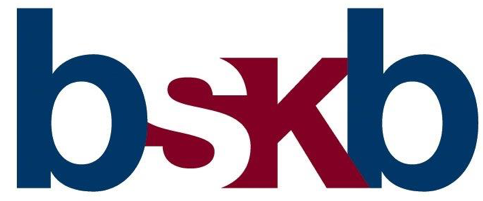USPTO Update to Sequence Listing Requirements
Implementation of ST.26 effective July 1, 2022
The stated aims of the switch to ST.26 is to harmonize sequence listing practice among different patent offices, and to render the sequence listing format compatible with international sequence databases. The most obvious and practical difference between a ST.25 and ST.26 sequence listing is the change from TXT to XML format. The use of XML allows for an easier transfer of the sequences to international sequence databases without loss of data.
WIPO
Standard ST.25 no longer applies for international applications filed as of July 1, 2022. This means that all international applications filed on or after July 1, 2022 disclosing amino acid and nucleotide sequences must contain an ST.26 XML compliant sequence listing. Any sequence listing furnished in respect of any applications filed before that date should still comply with WIPO Standard ST.25, even if the sequence listing is submitted after (for example in amendments or translations for PCT national phase entry).
USPTO final rules
With the adoption of ST.26 as the new standard for sequence listings, the USPTO has revised its regulations. On May 20, 2022, the USPTO published a final rule to implement WIPO Standard ST.26 for all applications and international applications filed on or after July 1, 2022 with the USPTO, along with conforming amendments to other rules. See 87 Fed. Reg. 30806.
The USPTO and WIPO have many resources to assist with the implementation of a ST.26 compliant Sequence Listing. We have provided some of the links below:
USPTO: https://www.uspto.gov/patents/apply/sequence-listing-resource-center/wipo-standard-st26-news
WIPO FAQ: https://www.wipo.int/standards/en/sequence/faq.html
WIPO Handbook: https://www.wipo.int/export/sites/www/standards/en/pdf/03-26-01.pdf
If there are any questions, please contact us.
